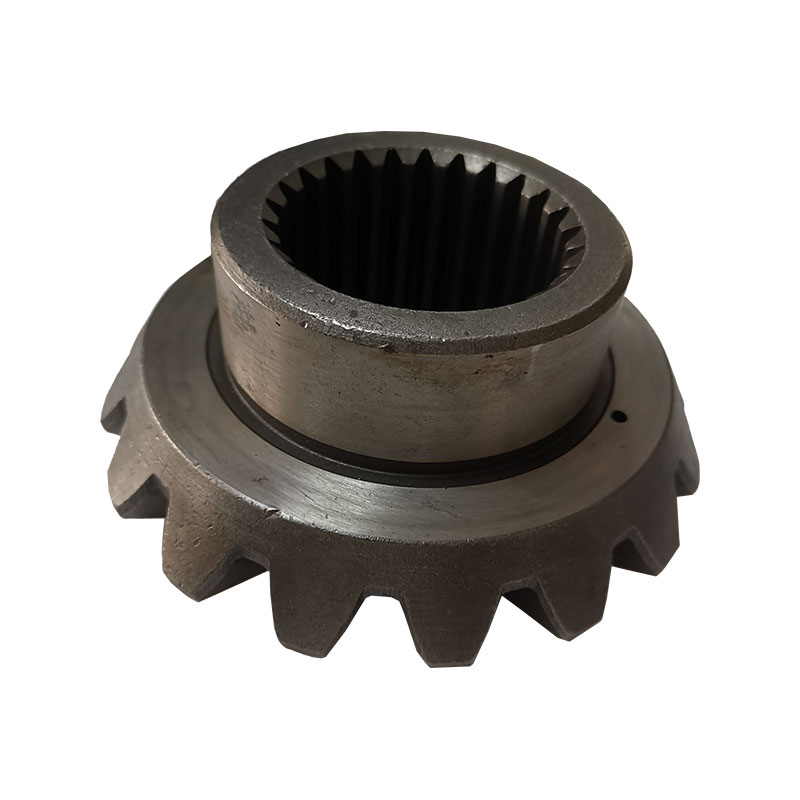Galvanized Zinc plating is to improve the rust resist […]
Galvanized
Zinc plating is to improve the rust resistance of metals. With the progress of chromate passivation treatment, the appearance performance has also been greatly improved. The thickness of the coating is generally about 2~25μm
Electroless Nickel
The chemical nickel plating has high corrosion resistance and wear resistance. There is no electricity and no electrolysis during the nickel plating process. The thickness of the coating is uniform (3~10μm). It is suitable for use on products with complex shapes and high precision requirements.
Bblackening treatment (surface oxidation)
Blackening treatment is alkaline oxidation treatment. After the metal is heated to 140°C in an alkaline treatment solution, the metal itself chemically reacts, forming a black film on its surface. The film has an anti-rust effect, the thickness is below 3μm, and the main chemical composition is ferroferric oxide.

Phosphating treatment
Phosphating treatment is phosphate treatment. The metal is immersed in the heated phosphate solution for chemical treatment to form a phosphate protective film on the metal surface. The thickness of the film treated with the manganese phosphating treatment solution is about 3~15μm. It has good anti-rust performance, high wear resistance and lubrication, so it is mostly used in the treatment of sliding parts.
Solid lubrication treatment
In places where lubricating grease cannot be used, solid lubrication can be considered. Just spray the solid lubricant on the surface of the gear teeth, and the lubricant adhering to the surface will dry and form a film. The molybdenum disulfide particles in the lubricant penetrate into the metal structure for lubrication. Especially in the initial running-in of gears or to prevent fretting corrosion caused by small friction action, it plays its lubricating effect.
WPC processing
WPC treatment is effective for improving the fatigue strength and sliding properties of metals. It should be noted that WPC treatment improves the fatigue strength of the metal but does not change the bending strength of the metal. The processing method is to spray metal such as gears with a particle medium of 40~200μm at a speed of 100m/s or more. Because of the fast ejection speed, when the medium hits the metal, it will produce instantaneous high temperature, which will cause the crystals on the metal surface to melt, and then rapidly cool down. The crystals on the metal surface become finer and there is almost no size change (the size change is only 1~2μm).